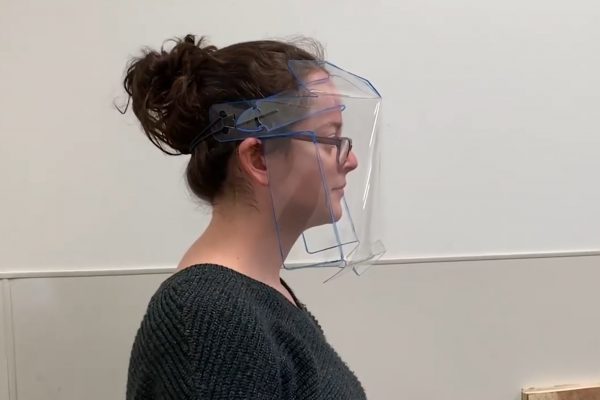
Covid-19: MIT launches 2D cut, one-piece face shield
MIT’s Project Magnus has designed a model for a complete face shield that can be cut out in one (foldable) piece from a single flat sheet.
Catégories

Published 8 April 2020
MIT’s Project Magnus has designed a model for a complete face shield that can be cut out in one (foldable) piece from a single flat sheet.
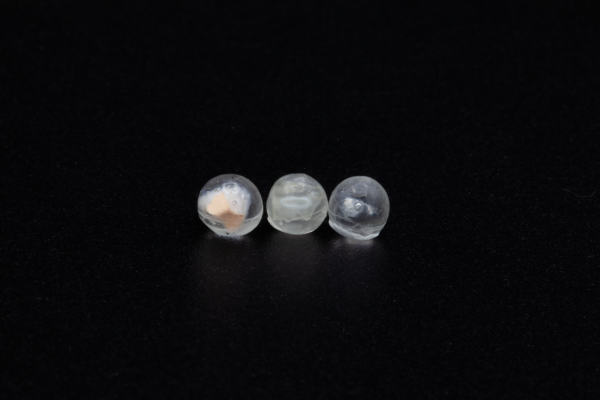
Published 8 April 2020 by Ewen Chardronnet
On March 6, 2020, five research payloads from the MIT Media Lab’s Space Exploration Initiative were sent to the International Space Station. Among them, the Sojourner 2020 project, a payload of artworks selected by SEI’s arts curator Xin Liu. Adriana Knouf’s TX-1 is one of the curated projects.
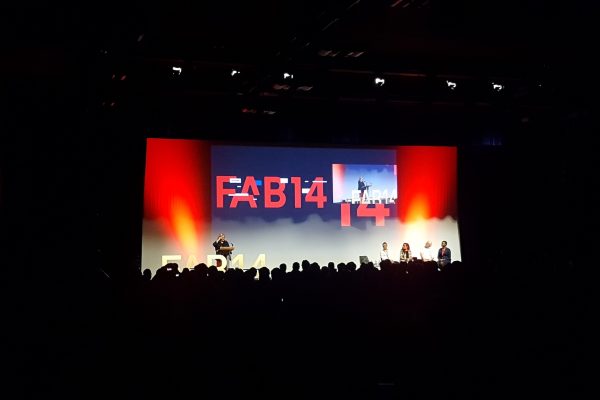
Published 24 July 2018 by Annick Rivoire
For the first time in France, on July 16-20, the FAB14 conference was held under the theme “fabricating resilience”. Will fablabs fill the gaps of our collapsing world?

Published 3 April 2018
The US has decided: there will be no regulation on agricultural products from genome editing techniques. Thus making way for all kinds of genetic manipulations.
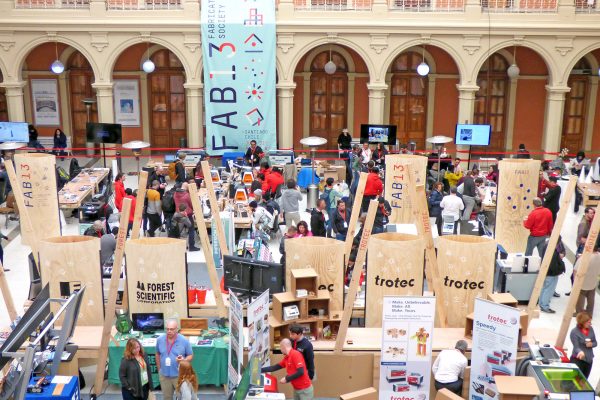
Published 7 September 2017 by la rédaction
The annual conference of MIT-approved fablabs was held in Chile from July 31 to August 6. Constance Garnier, an expert on the French scene, reports back from Santiago.
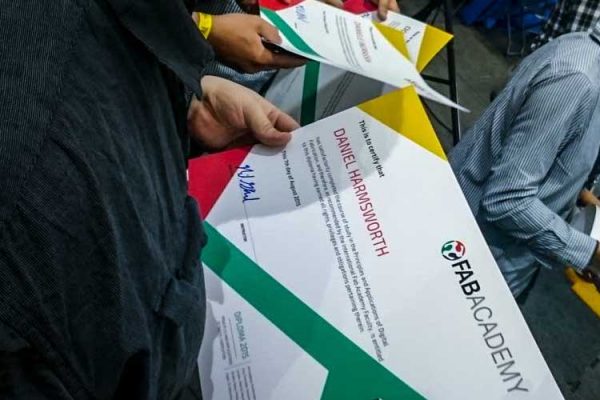
Published 23 May 2017
After launching the Bio Academy and the Textile Academy, the Fab Academy is considering expanding its programs to design and storytelling.
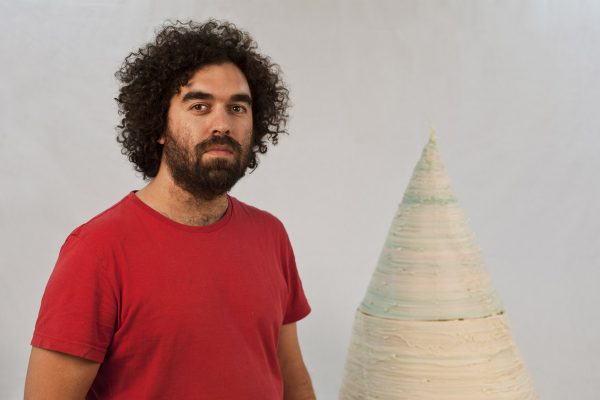
Published 28 March 2017 by Laurent Catala
Interview with José García Huidobro, founder of Fab Lab Buenos Aires. His views on the fablabs' ecosystem in Latin America.
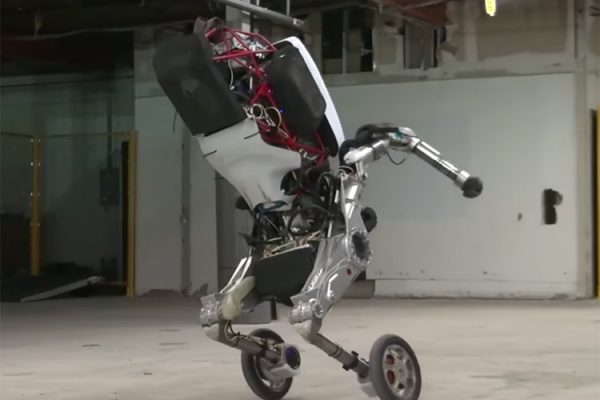
Published 1 March 2017
On one side, Handle by Boston Dynamics, a military-grade equine robot that rolls, jumps and spins; on the other, Spider, an excavator commissioned to crush and remove nuclear debris in Fukushima.
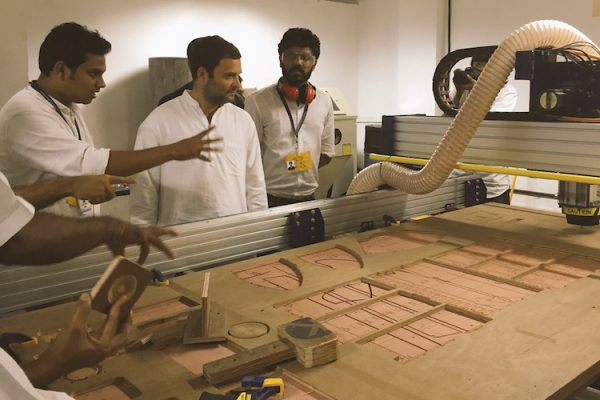
Published 1 March 2017
70 mini fablabs are set to be built in the next 9 months with the support of the Indian government in Kerala, South India.
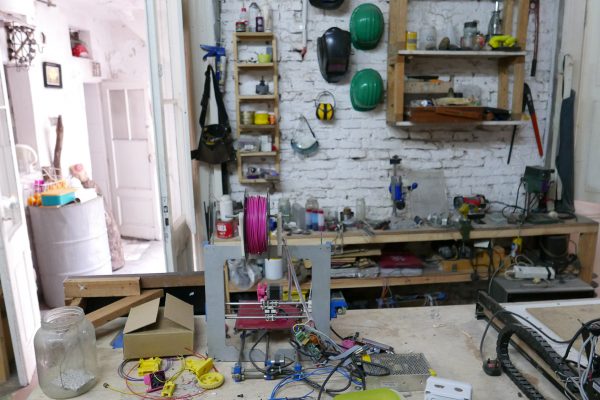
Published 31 January 2017 by Laurent Catala
It’s summertime in Buenos Aires, not the best time to discover the growing network of Argentinian fablabs. While waiting for FAB13, the fabconf in Santiago de Chile in July, visit of El Reactor.
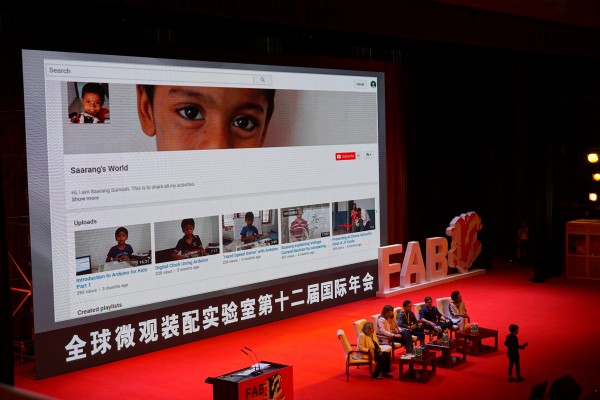
Published 30 August 2016 by Cherise Fong
A first in China: FAB12, the international fablab conference, took place on August 8-14 in Shenzhen, the city that produces 80% of the world’s electronics. Report.
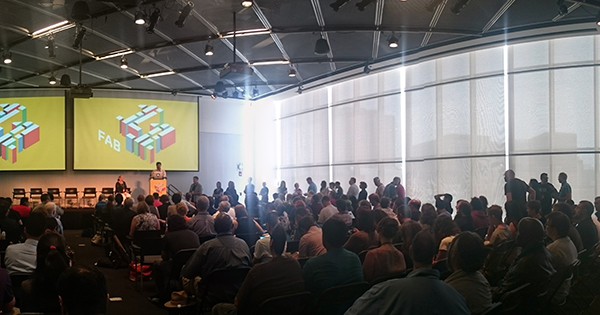
Published 21 July 2016
For the first time, not just a city but an entire country is a candidate to host the FAB14 conference in 2018.
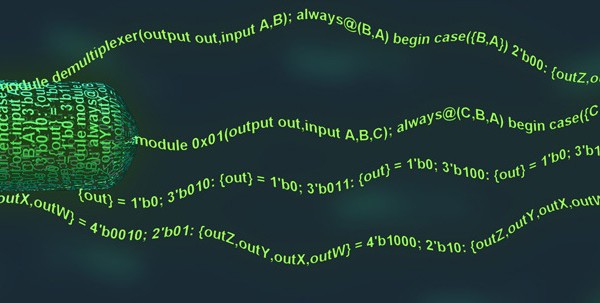
Published 5 April 2016
Two American teams revealed a way of designing biological circuits similar to the design of integrated circuits in electronics.
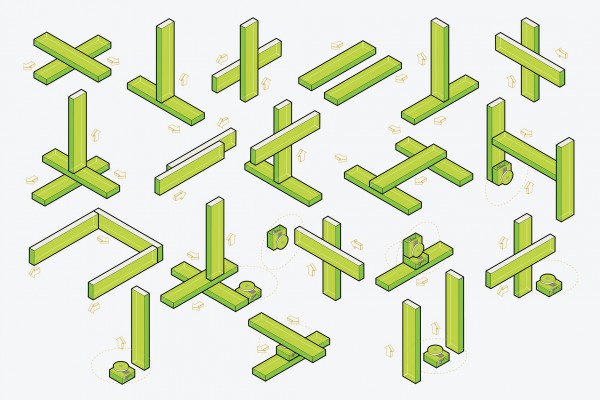
Published 14 March 2016 by Fabien Eychenne
Nadya Peek, researcher at MIT’s Center for Bits and Atoms in Boston, is working on developing new digital fabrication machines for the Machines that Make program. Interview.
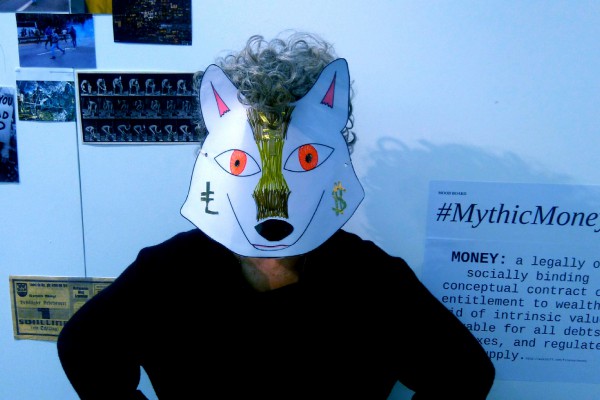
Published 8 March 2016 by la rédaction
Joi Ito, director of the MIT Media Lab, has published an opinion piece alerting us to the lack of governance regarding the blockchain. He gave us permission to republish this text.

Published 27 January 2016
The British Phonographic Industry (BPI) targets the MIT for copyright infringements. Why? Its website welcomes thousands of tracks pirated by kids using Scratch, reports Torrent Freak.
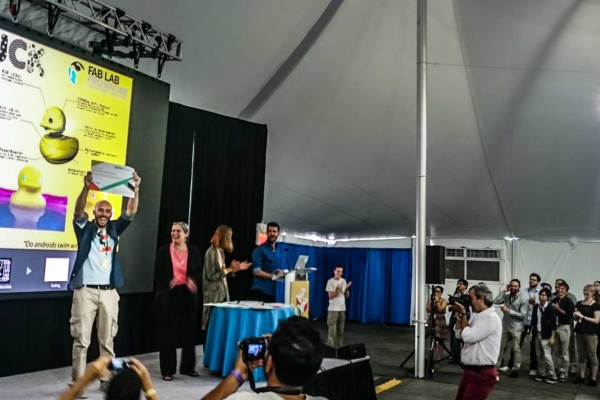
Published 11 January 2016 by Fabien Eychenne
Each year from January to June, the Fab Academy offers five intense months of tinkering and digital fabrication. This program initiated by MIT attracts a growing number of students.
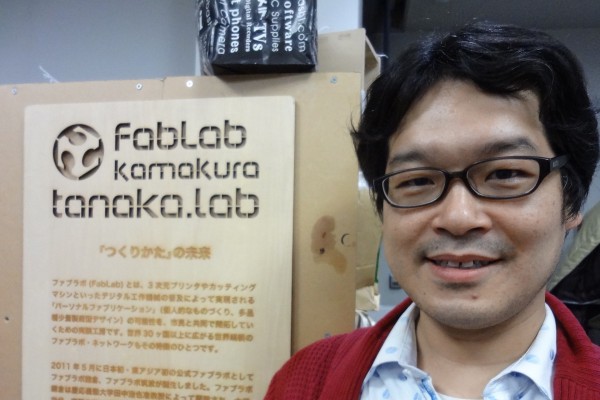
Published 1 December 2015 by Cherise Fong
Professor Hiroya Tanaka, a kind of Japanese Neil Gershenfeld, opened several fablabs and trained battalions of makers. Portrait.
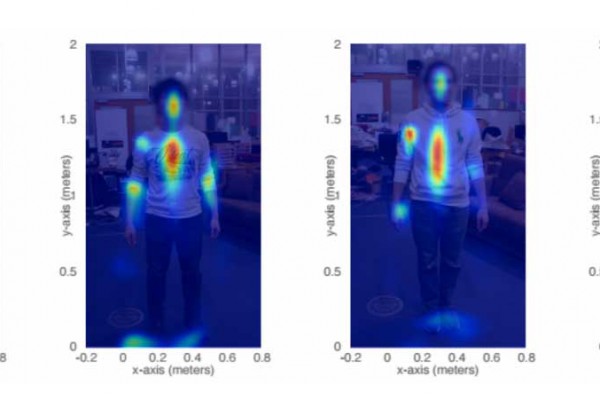
Published 10 November 2015 by Nicolas Barrial
MIT researchers have developed RF-Capture, algorithms that analyze the rebounds of Wi-Fi on the human body in order to draw its figure.
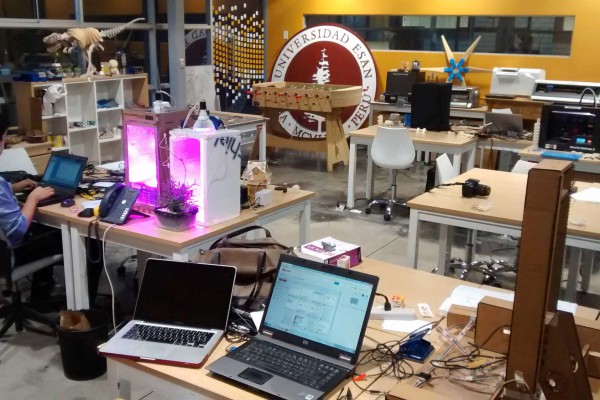
Published 30 October 2015 by Fabien Eychenne
Peru is the first and only country in Latin America to have hosted an international fablab conference. Since 2011, has the event created a dynamic specific to the emergence of labs?